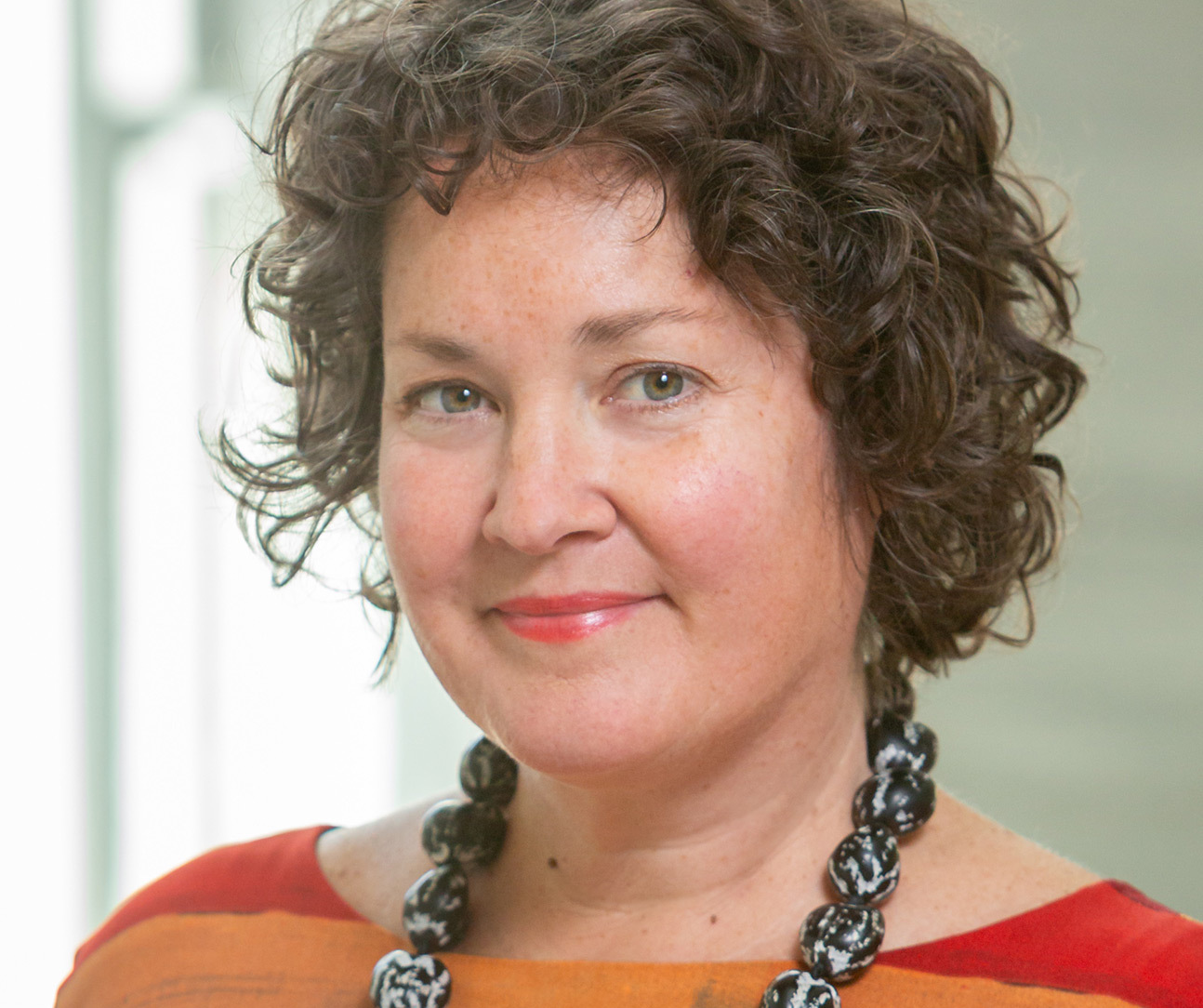Alexis Rockman has spent his career making art about natural history and ecology. At PEM, through May 31, Rockman’s dramatic large-scale oil paintings can be viewed in East India Marine Hall. Next to the museum’s collection of historic figureheads, Alexis Rockman: Shipwrecks asks us to consider the impact of the migration of goods, people, plants and animals on our planet.
Installing Rockman’s paintings in this historic hall is also an opportunity to be reminded of the shadow of potential disaster that hung over every voyage at sea, the threat that made each gathering of the East India Marine Society, PEM’s originating organization, a celebration of the life that its members could not take for granted. Below is an excerpt from our recent conversation in East India Marine Hall.

Q: Tell us about the works.
A: We have some paintings and watercolors and acrylic on paper about the history of shipwrecks, but from my very peculiar and particular perspective. Which has everything to do with voices that aren't often heard from. Stowaways, animals, pets. All sorts of other perspectives on history that aren't often considered when we tell our stories about how we think about ourselves in relationship to other civilizations.
Alexis Rockman in the gallery for the opening of his exhibition, an environmentally aware perspective of historic shipwrecks. Photo by Dinah Cardin/PEM.

Q: How did you come to focus on climate issues?
A: Climate change came to my attention in 1994 when a paleontologist friend of mine mentioned it to me. It's invisible and slow-moving. I started to think about it more and more in the context of the biodiversity crisis, extinction, human migration, which is the loopback into shipwrecks.
Q: Why shipwrecks? What's the correlation you see between shipwrecks and the future of our planet?
A: Every time there's a shipwreck, there's ambition to go somewhere with stuff, including a ship, to get to another place, usually for capitalist reasons or other colonial or economic reasons. What is more apt a metaphor than a shipwreck for our hopes, dreams and fears of what the future holds for us? I can't think of anything more fecund to examine. A shipwreck has everything you could possibly hope for. Hope, tragedy, surprise, disappointment and occasionally a happy ending.
Q: Why is the ship so often in the background?
A: I'm not that interested in some of the more familiar moments of that endeavor. It's what happens to, often, the animals or the material goods. That we're so invested, or so reviled by the protagonists that have suffered the shipwreck. It's almost like the innocent bystanders of these dashed hopes.
Alexis Rockman, Lusitania, 2020. Oil on wood. Courtesy of Jonathan O'Hara.

Q: How does it feel to see your work in this space? In East India Marine Hall?
A: It's a dream come true. What could be a more perfect place than to be in a context like this? I’m reading Moby Dick for the first time. I feel like I'm steeped in the culture of, not only shipwrecks, but the eastern seaboard, where I grew up in Manhattan. The South Street Seaport was part of my childhood. It feels like it makes a lot of sense.
Q: In the painting The Things They Carried, we see animals that carried diseases to humans, such as the bat that might have caused COVID-19. How are you thinking about the relationship between humans and these animals? Is it the fault of these animals?

A: No, it's always the people's fault. The animals are unwitting and unwilling pawns in this post-colonial capitalist buzz saw that's shredding the planet. These things appear to be expendable when they're not. We'll find out the hard way, very sadly, soon enough.
Q: Where did your love of animals come from?
A: I've always been fascinated by what lives in the puddle in the ditch. I can be on a romantic walk with my wife, and I'm looking in the sewer to see if anything's living in it. I've always been fascinated by that. It's been a lifelong interest. It's not a specific thing. It's endless memories of identifying with animals, relating to them, thinking about how they feel in relationship to humans, having pets.
Q: A series of marine paintings in our collection inspired one of your works in this exhibition. How do you work with historical research?
A: I'm fascinated and obsessed with history, but I don't bow at the altar of history. I'm omnivorous. I'll look at some crazy-ass computer game if I can get the right piece of information I need that will make sense in whatever I'm doing. I have a tremendous enthusiasm and respect for history, but I also have a very disrespectful omnivorous gaze.
Q: Tell us about your creative process.
A: I have an idea, and I start poking around. It's a lot like the unfortunate process of purse netting where you drag the net and you try to scrape up every living thing. I spend weeks poking around, reading, looking. It could be anything. For instance, I want to make a project about whaling, I am going to look at frigging whaling paintings for a week, and then I'm going to look at whales. Then I'm going to look at illustrations of whaling. Then I'm going to look at illustrations of whaling boats. You get the picture. Hopefully, something clicks, and then you start to build it from that.
Q: What would it be like to be inside of one of your paintings?
A: Inside? You are inside one right now. That's what COVID is. I couldn't make it up.
Keep exploring
Past Exhibition
Alexis Rockman: Shipwrecks
March 6 to May 31, 2021

Blog
Finding Our Place in the Climate Action Story
5 Min read

Blog
Curating climate change and a museum-wide environmental initiative
7 min read

PEMcast
PEMcast 21 | Part 2: Sea Shanties and the Environment
21 Min Listen

